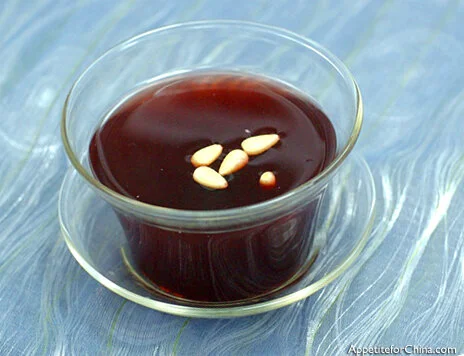The latest photographic tome by Jeffrey Alford and Naomi Duguid is anything but a traditional cookbook. Part travelogue, part recipe collection, and part ethnographic treatise, Beyond the Great Wall takes an in-depth look at the foods of China's non-Han minorities.
As always, their photos are amazing, making me want to hop on the next plane to Kashgar, just to start. And the recipes, even with exotic-sounding names like Tajik nan and Kazakh pulao, seem surprisingly comfort-food-ish. There are also instructions for momos, those spectacular little dumplings from that famous and newsworthy province in the southwest. Most of the recipes are quite easy, thanks to the authors' substituting a few unorthodox ingredients for more familiar ones (a yak bone broth becomes oxtail broth, etc.)
I decided to begin with a ginger and carrot stir-fry from the Miao minority in Guizhou province. The important part to note is that the namesake ingredients are julienned. Mandolines would help, but if you want a rugged challenge and have strong hands, slicing everything with a cleaver also works. The original recipe also called for pork strips, but I decided to substitute with my local market's bean curd skin, which hooked me by being pre-shredded.
I ate the finished dish with rice, but I'm thinking next time to scoop this on top of a nice plate of stir-fried noodles.
Read More
